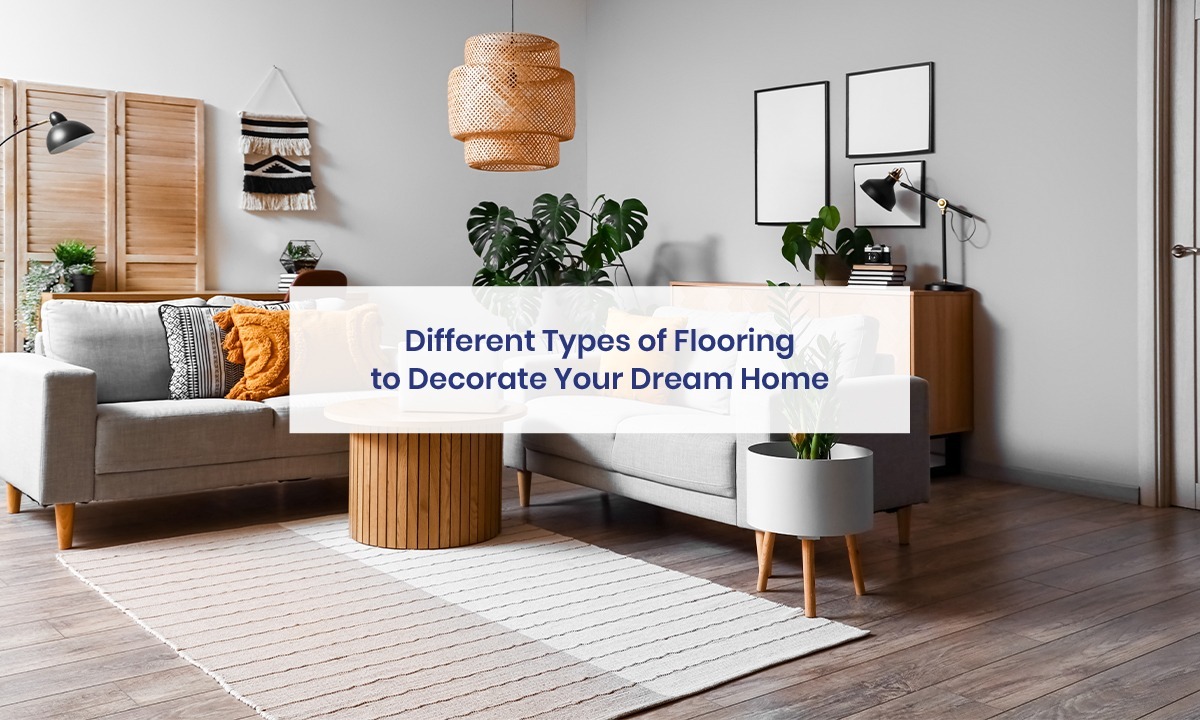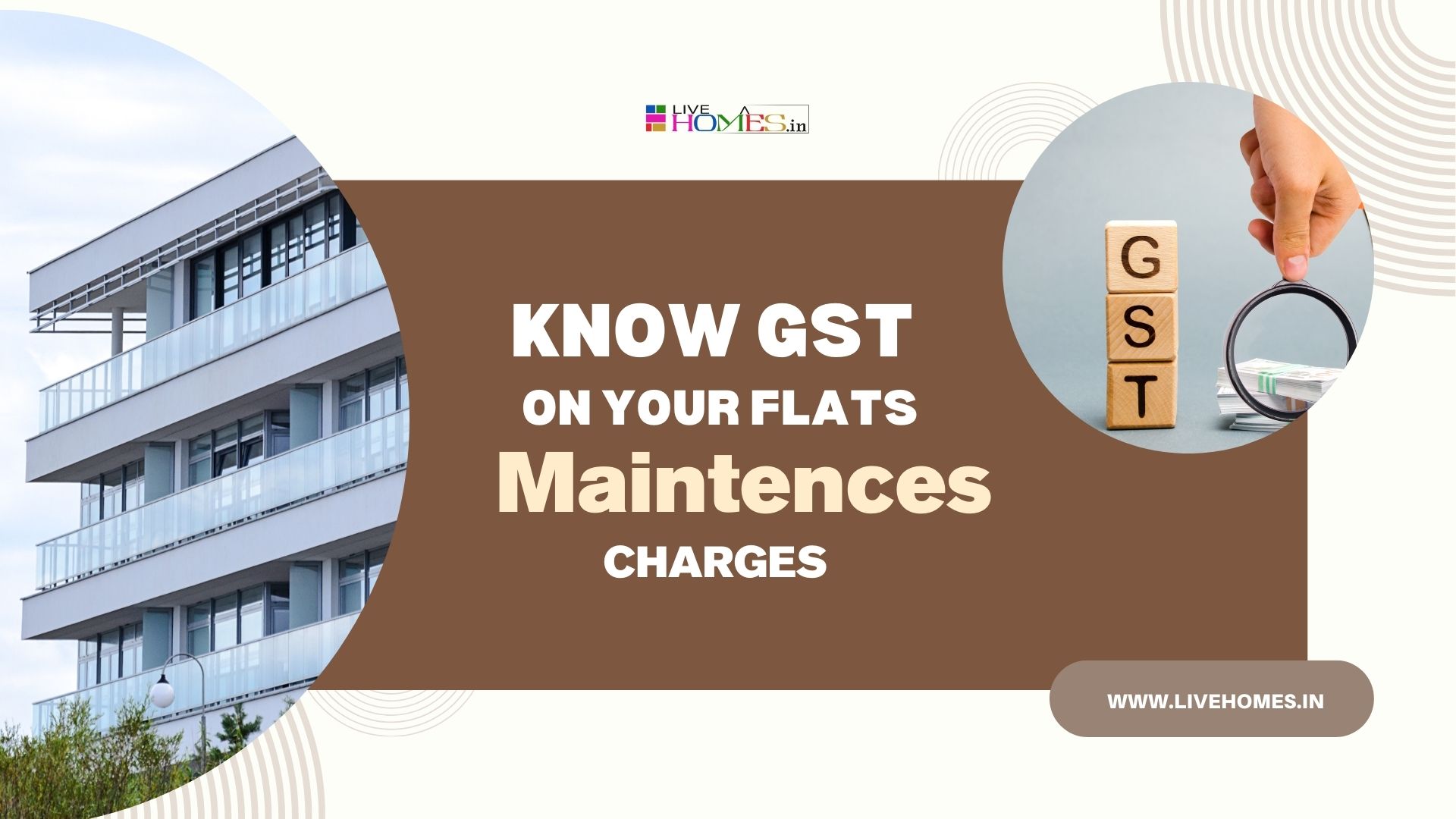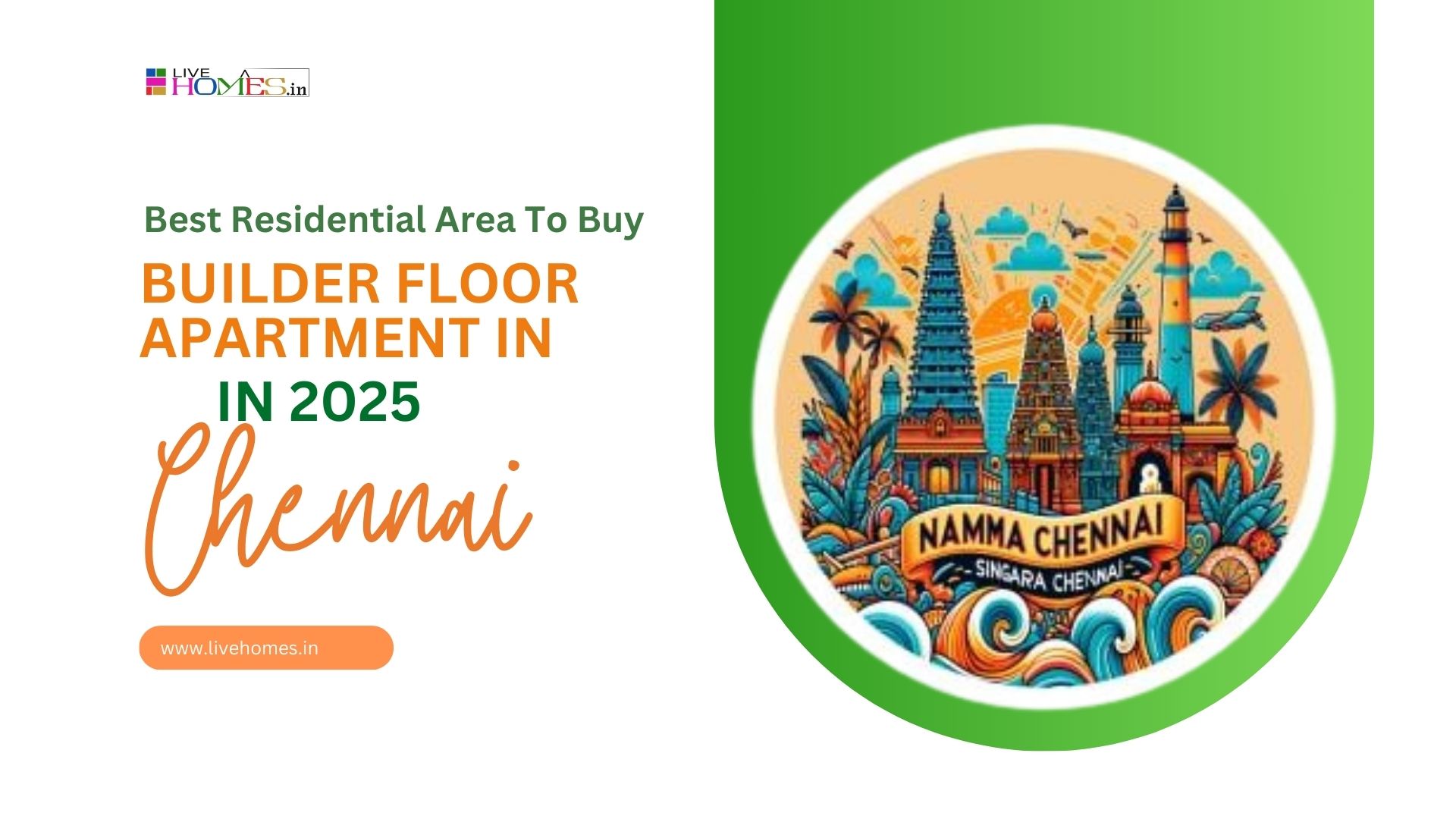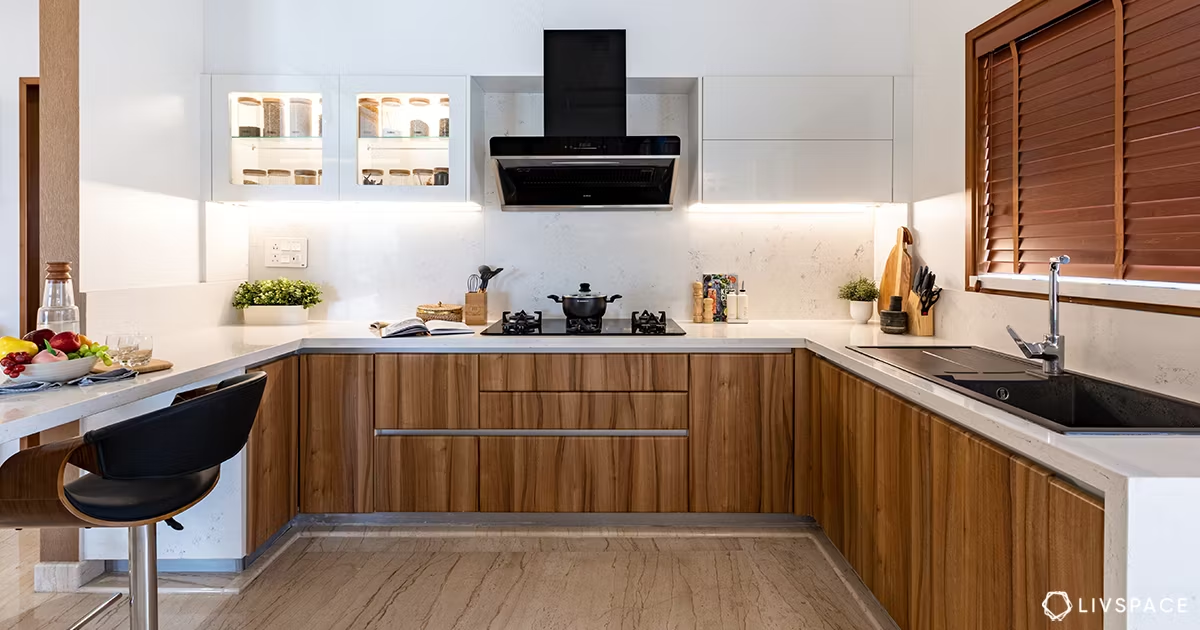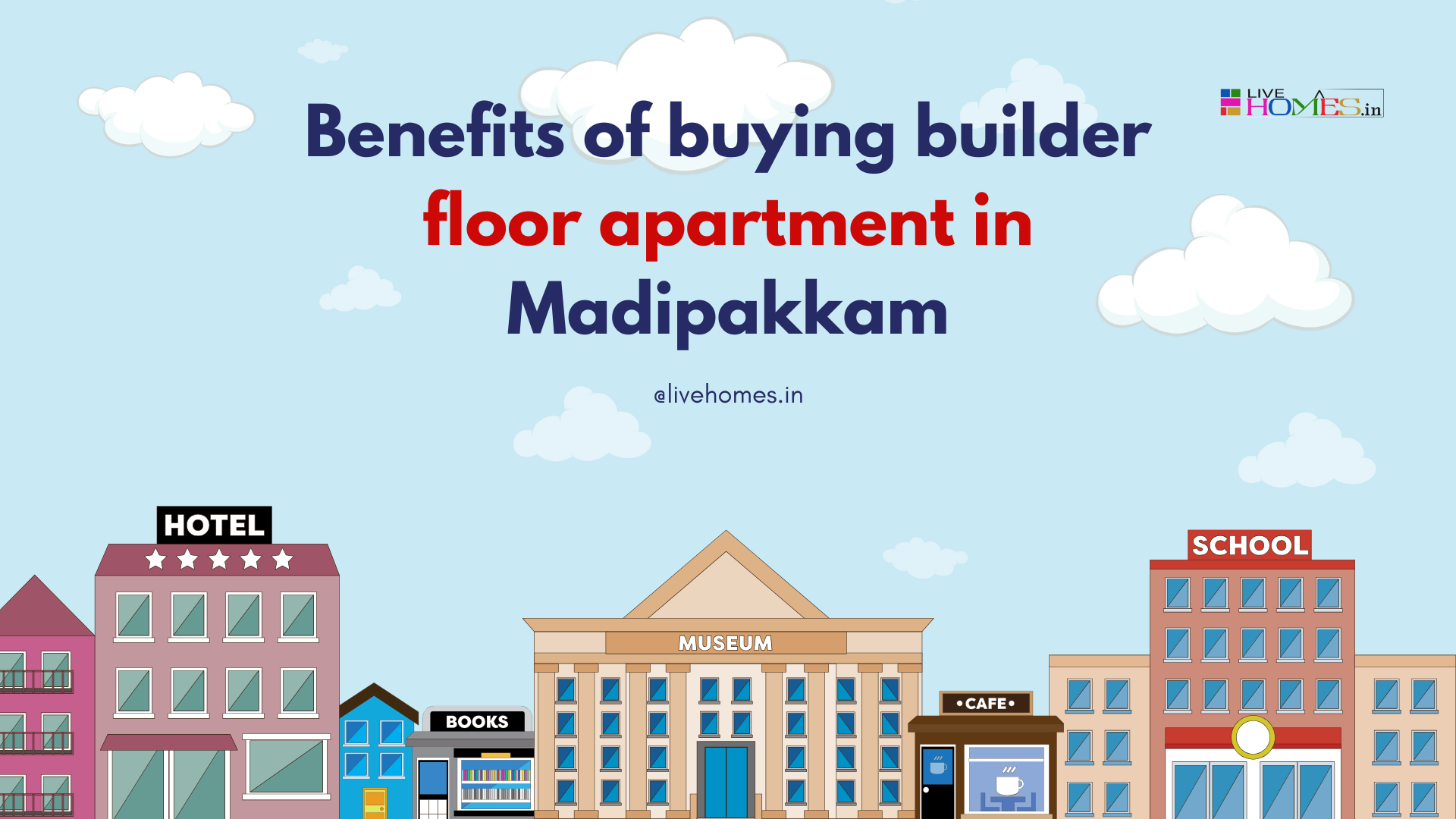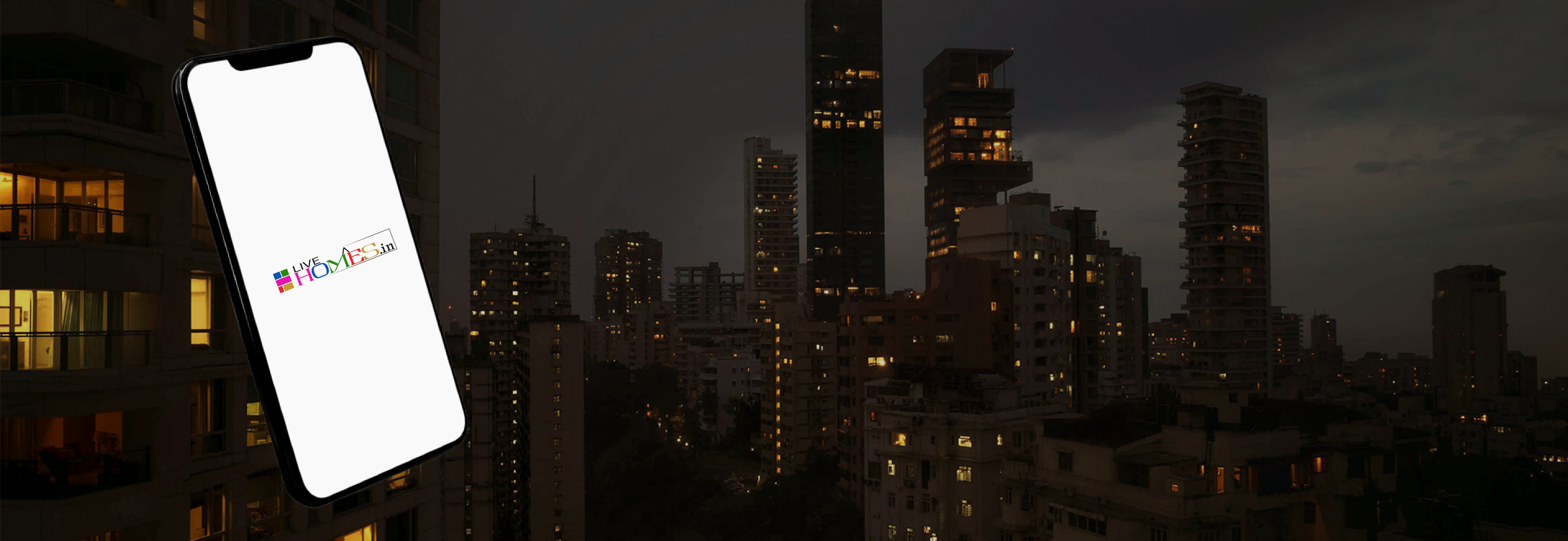When selecting flooring for your home, it's important to understand the various types available and their specific characteristics. Here’s an in-depth look at some of the most common types of flooring:
1. Hardwood Flooring
- Description: Made from solid wood, usually oak, maple, or cherry.
- Aesthetic Appeal: Offers a warm, classic look that can be stained in various shades.
- Durability: Can last for decades if properly maintained.
- Resale Value: Adds value to your home.
- Refinishing: Can be sanded and refinished multiple times.
- Cons:
- Cost: One of the more expensive options.
- Maintenance: Requires regular cleaning and occasional refinishing.
- Susceptibility to Damage: Can be scratched by pets or furniture, and can warp in high moisture areas.
- Best for: Living rooms, dining rooms, bedrooms, and areas where aesthetics are important.
2. Engineered Wood Flooring
- Description: Composed of a real wood veneer layer on top of multiple layers of plywood.
- Appearance: Looks like solid hardwood.
- Stability: More resistant to moisture and temperature changes than solid wood.
- Installation: Easier to install, sometimes available in click-lock formats.
- Cons:
- Refinishing: Can only be refinished a limited number of times.
- Cost: Can be nearly as expensive as solid hardwood.
- Best for: Areas where you want the look of wood but need more moisture resistance, such as basements or kitchens.
3. Laminate Flooring
- Description: Made of a high-density fiberboard (HDF) with a photographic image of wood or stone beneath a clear protective layer.
- Cost-Effective: Less expensive than hardwood or engineered wood.
- Durability: Resistant to scratches, dents, and stains.
- Maintenance: Easy to clean.
- Installation: DIY-friendly, often available as a floating floor.
- Cons:
- Moisture Sensitivity: Can swell or warp if exposed to water.
- Artificial Appearance: Doesn’t always mimic the look of real wood convincingly.
- Non-Refinishing: Cannot be refinished if damaged.
- Best for: High-traffic areas like living rooms, hallways, and playrooms.
4. Vinyl Flooring (Including Luxury Vinyl Tile - LVT and Luxury Vinyl Plank - LVP)
- Description: Made from synthetic materials, often designed to mimic wood, stone, or tile.
- Waterproof: Excellent for kitchens, bathrooms, and basements.
- Durability: Resistant to scratches, stains, and wear.
- Comfort: Softer underfoot than tile or wood.
- Installation: Can be installed as a floating floor or glued down.
- Cons:
- Feel and Appearance: May not feel as warm or natural as wood.
- Environmental Impact: Made from PVC, which is not biodegradable.
- Best for: Bathrooms, kitchens, basements, and laundry rooms.
5. Tile Flooring (Ceramic and Porcelain)
- Description: Made from clay and other natural materials, available in glazed or unglazed finishes.
- Durability: Extremely durable and long-lasting.
- Water Resistance: Impervious to water, making it ideal for wet areas.
- Variety: Available in numerous colors, shapes, and patterns.
- Low Maintenance: Easy to clean and maintain.
- Cons:
- Installation: Can be challenging to install, often requiring professional help.
- Cold and Hard: Can be uncomfortable to stand on for long periods and may feel cold in cooler climates.
- Best for: Bathrooms, kitchens, entryways, and areas with high moisture levels.
6. Carpet Flooring

- Description: Made from natural or synthetic fibers, available in various textures and styles.
- Comfort: Soft and warm underfoot.
- Insulation: Provides sound insulation and warmth.
- Safety: Reduces the risk of slips and falls.
- Variety: Comes in a wide range of colors, patterns, and textures.
- Cons:
- Stain-Prone: Can stain easily, especially light-colored carpets.
- Allergens: Can trap dust, pet dander, and allergens.
- Maintenance: Requires regular vacuuming and occasional deep cleaning.
- Best for: Bedrooms, living rooms, and areas where comfort and warmth are a priority.
7. Bamboo Flooring
- Description: Made from bamboo grass, often considered a more sustainable option.
- Eco-Friendly: More sustainable than hardwood.
- Durability: Comparable to hardwood in strength and wear.
- Appearance: Offers a unique, natural look.
- Cons:
- Moisture Sensitivity: Can swell in high humidity or damp areas.
- Color Sensitivity: Can fade if exposed to direct sunlight.
- Best for: Living rooms, bedrooms, and areas where sustainability is important.
| "Best Builder Floor Apartment in Chennai" |
8. Cork Flooring
- Description: Made from the bark of the cork oak tree, offering a unique and eco-friendly option.
- Comfort: Soft and cushioned underfoot.
- Insulation: Good thermal and sound insulation properties.
- Eco-Friendly: Sustainable and renewable material.
- Anti-Microbial: Naturally resistant to mold and mildew.
- Cons:
- Durability: Can be dented by heavy furniture or sharp objects.
- Moisture Sensitivity: Not ideal for areas with high moisture.
- Best for: Bedrooms, living rooms, and playrooms.
9. Stone Flooring (Marble, Granite, Slate, etc.)
- Description: Made from natural stone, each type offers its own unique characteristics.
- Aesthetic Appeal: Luxurious and timeless look.
- Durability: Extremely durable and long-lasting.
- Value: Adds value to your home.
- Variety: Available in a wide range of colors and textures.
- Cons:
- Cost: One of the most expensive flooring options.
- Installation: Requires professional installation.
- Maintenance: Needs regular sealing and can be prone to staining.
- Best for: Entryways, kitchens, and bathrooms, where durability and luxury are desired.
10. Concrete Flooring
- Description: Polished or stained concrete floors, often used in modern and industrial-style homes.
- Durability: Extremely strong and long-lasting.
- Maintenance: Low maintenance and easy to clean.
- Versatility: Can be stained, polished, or colored to achieve various looks.
- Cost-Effective: Can be an affordable option, especially if you already have a concrete subfloor.
- *Cons:*
- Comfort: Hard and cold underfoot.
- Appearance: Can feel industrial or sterile if not styled appropriately.
- Best for: Basements, garages, and modern or industrial-style spaces.
11. Linoleum Flooring
- Description: Made from natural materials like linseed oil, cork dust, and wood flour.
- Eco-Friendly: Made from renewable resources.
- Durability: Can last for decades with proper care.
- Comfort: Softer underfoot than tile or wood.
- Resilient: Resistant to water, scratches, and stains.
- Cons:
- Cost: More expensive than vinyl, though still affordable.
- Installation: Can be tricky to install, often requiring professional help.
- Best for: Kitchens, mudrooms, and high-traffic areas.
12. Terrazzo Flooring
- Description: Composed of marble, quartz, granite, glass, or other suitable chips, set in a cement or resin base.
- Aesthetic Appeal: Can be customized with various colors and patterns.
- Durability: Extremely durable and long-lasting.
- Maintenance: Easy to clean and maintain.
- Cons:
- Cost: Expensive, both in terms of materials and installation.
- Cold and Hard: Can be uncomfortable underfoot without area rugs or heating systems.
- Best for: High-traffic areas, such as hallways, entryways, and commercial spaces.
13. Rubber Flooring
- Description: Made from natural or synthetic rubber, often used in gyms and play areas.
- Comfort: Soft, cushioned, and non-slip.
- Durability: Resistant to wear and tear.
- Maintenance: Easy to clean and maintain.
- Cons:
- Aesthetic: Limited in design and color options.
- Smell: Can have a distinct odor, especially when new.
- Best for: Home gyms, playrooms, and basements.
Also read: When is the best time to plan an interior design project
https://www.livehomes.in/blogs
